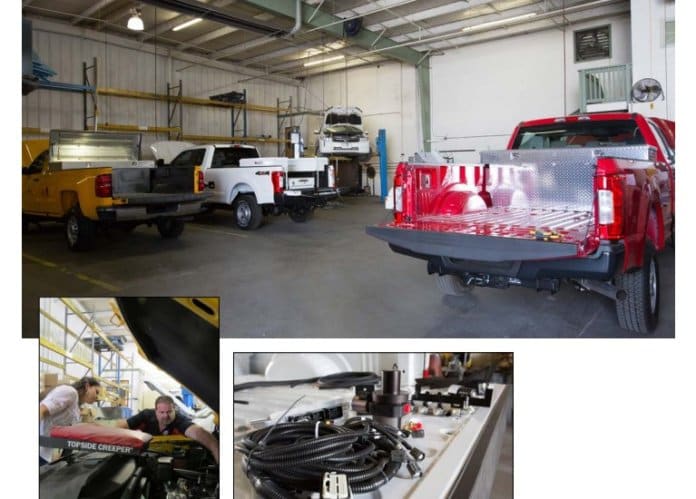New resources from the U.S. Department of Energy (DOE) cover primary considerations and safety standards for compressed natural gas (CNG) vehicle maintenance facilities.
As the DOE explains in a Clean Cities blog, natural gas vehicles have maintained an impressive safety record since the start – in large part due to stringent industry codes and standards that have governed use of the fuel. CNG codes deal not only with the vehicles, but also with the design and use of vehicle maintenance facilities. All CNG-related codes are periodically re-evaluated, tested, and clarified to continue that legacy of safety.
Though industry information regarding CNG vehicle maintenance facility safety requirements exists, the DOE says it has been difficult for fleets to locate and decipher. To combat this, the agency’s Technology Integration program published a guidance document – the “Compressed Natural Gas Vehicle Maintenance Facility Modifications Handbook” – which the DOE says covers all aspects of indoor CNG vehicle maintenance facility protection.
“This document involved strong collaboration with industry,” says the National Renewable Energy Laboratory’s (NREL) John Gonzales, a co-author of the handbook. “It will help fleet and facility managers better understand the steps necessary to upgrade their facility safely when introducing natural gas vehicles into their fleet.”
NREL, which authored the report on behalf of the DOE program, recently hosted an accompanying webinar – now available as a video – covering topics included in the handbook and how to put this guidance to use.
According to the DOE, facilities that maintain CNG vehicles are faced with a different set of hazards than facilities dealing with conventional liquid fuels, such as gasoline and diesel, where liquid spills are dealt with near the floor. Because natural gas is lighter than air and rises to the ceiling, the agency says facilities that handle CNG must be designed differently to account for the unique properties of natural gas and protect against ignition of gas releases.
The DOE says the handbook empowers managers to evaluate their facility in order to understand the physical modifications or changes in operating protocols necessary to be in compliance with codes. It also presents recommendations for working with local codes officials, as well as discusses the specific protocols and training needed to ensure the safety of personnel and facilities, the agency adds.
The full handbook is available for download here. To learn more, watch the recording of the webinar featuring speakers from Sandia National Laboratories, NREL, and Gladstein, Neandross & Associates below.
Editor’s note: This news item is an adapted version of a DOE Clean Cities blog post, and the main photo is a screen shot of the report’s cover.






